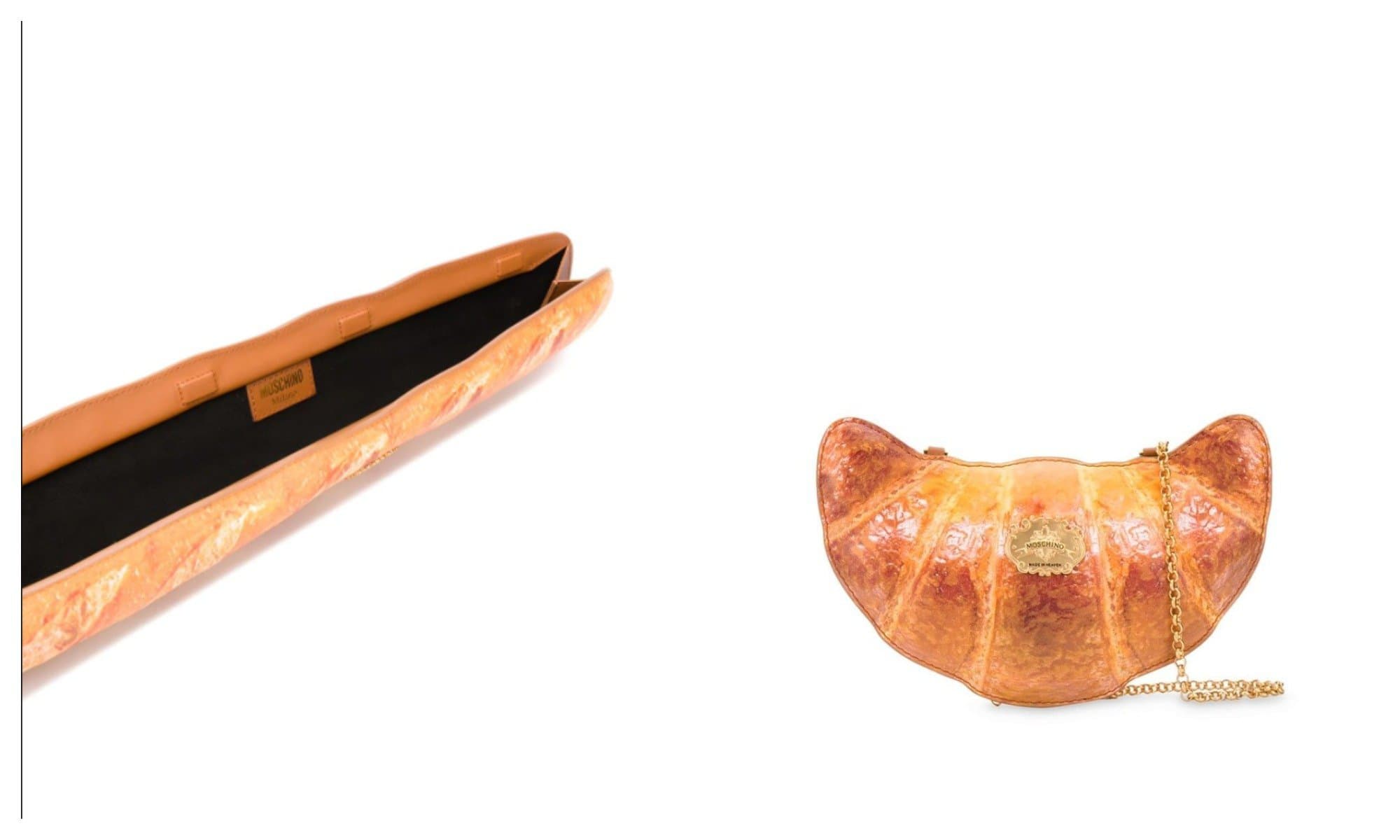[vc_row njt-role-user-roles=”administrator,armember”][vc_column][vc_column_text]
On Tuesday 15 December, the auction house Saga Furs Oyj, renowned for its selection of varied and high quality furs, is holding the first auction since the slaughter of mink in Denmark. The alleged spread of the virus on the farms is at issue.
Fur farming is mainly carried out in Europe : mink and foxes are the main animals reared. Denmark is the leading source of mink fur, being the main producer with around 28% of world production; Poland, the Netherlands, Finland, China and the United States are also major exporters.
The pandemic is once again weakening the luxury market, but this time not because of the closure of its shops or the economic difficulties of its consumers. Indeed, the coronavirus has indirectly attacked the fur industry, or rather, its primary sources, by contaminating them.
Each country in turn decided to eliminate any risk of spreading the virus.
It was Spain that opened the ball rolling in July by slaughtering more than 100,000 mammals that tested positive. On 9 November, Denmark followed suit and decided to cull all its mink farms – more than 17 million – in order to snuff out the virus which this time would have contaminated the animals bred for their fur. France was no exception and on 22 November 1000 animals were again slaughtered in the Eure et Loir.
The luxury sector is thus faced with a new problem: breeding intended for the big fashion houses is gradually disappearing and endangering the fur market.
Brands such as Louis Vuitton, Fendi and Dior, which had not renounced the use of animal fur, are beginning to turn to other alternatives, particularly those available and proposed by Finland : the use of Fox fur and Chinchilla.
“The real shortage could come from 2022, but by then we are hoping mink farmers in Canada, Poland, America and Greece will increase production to replace Danish output”, says Mark Oaten, director of the IFF, «People will also be looking at other types of fur. Fox has been very popular for trimmings, in parkas for example. Wild fur is also becoming more popular, as is chinchilla ».
And for this, the big Finnish fur auction house is the centre of attention : Saga Furs. The company is planning to hold an international auction today, Tuesday 15 December, to sell all its furs. The auction will take place via livestream and will feature different types of mink from Europe and North America.
LVMH has already declared this week its willingness to acquire them. Zhang Changping, owner of Chinese Fangtai fur, also said he would participate in the auctions if he had to face the consequences of the shortage.
One question remains unanswered : is this the end of the use of animal fur ? Without going into the details of the controversy, the ban on this practice has been called for some time. After the ban on fur farming by many countries such as Austria, Croatia and the United Kingdom, the luxury sector is following suit. Some luxury brands have banned fur from their products in favour of the animal cause, be it mink, chinchilla, rabbit or angora. Among them : Stella McCartney, Ralph Lauren, Tommy Hilfiger, Michael Kors, Jimmy Choo, Gucci, Versace, Prada… and many others, it remains to be seen who will follow the trend.
Would it have taken a pandemic for the fur industry to go down and win the case for animal protection and welfare ? Knowing that demand for fur has been declining over the years and that prices are plummeting : a mink skin, which used to sell for $90 at auction in 2013, now costs only $30.
Featured Photo : © Saga Furs Oyj[/vc_column_text][/vc_column][/vc_row]










